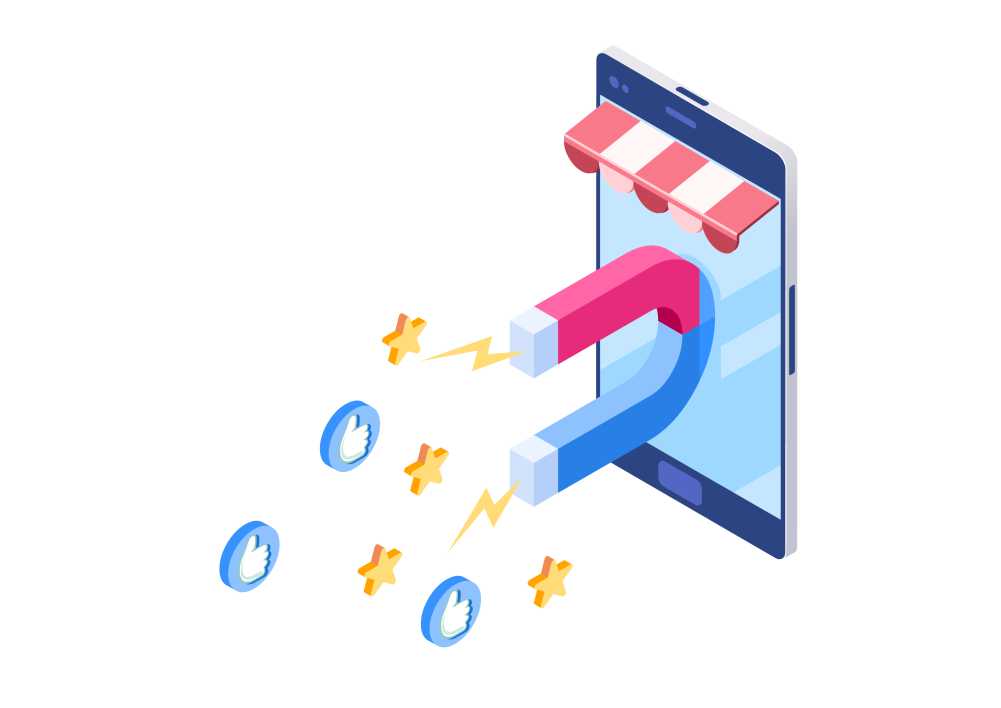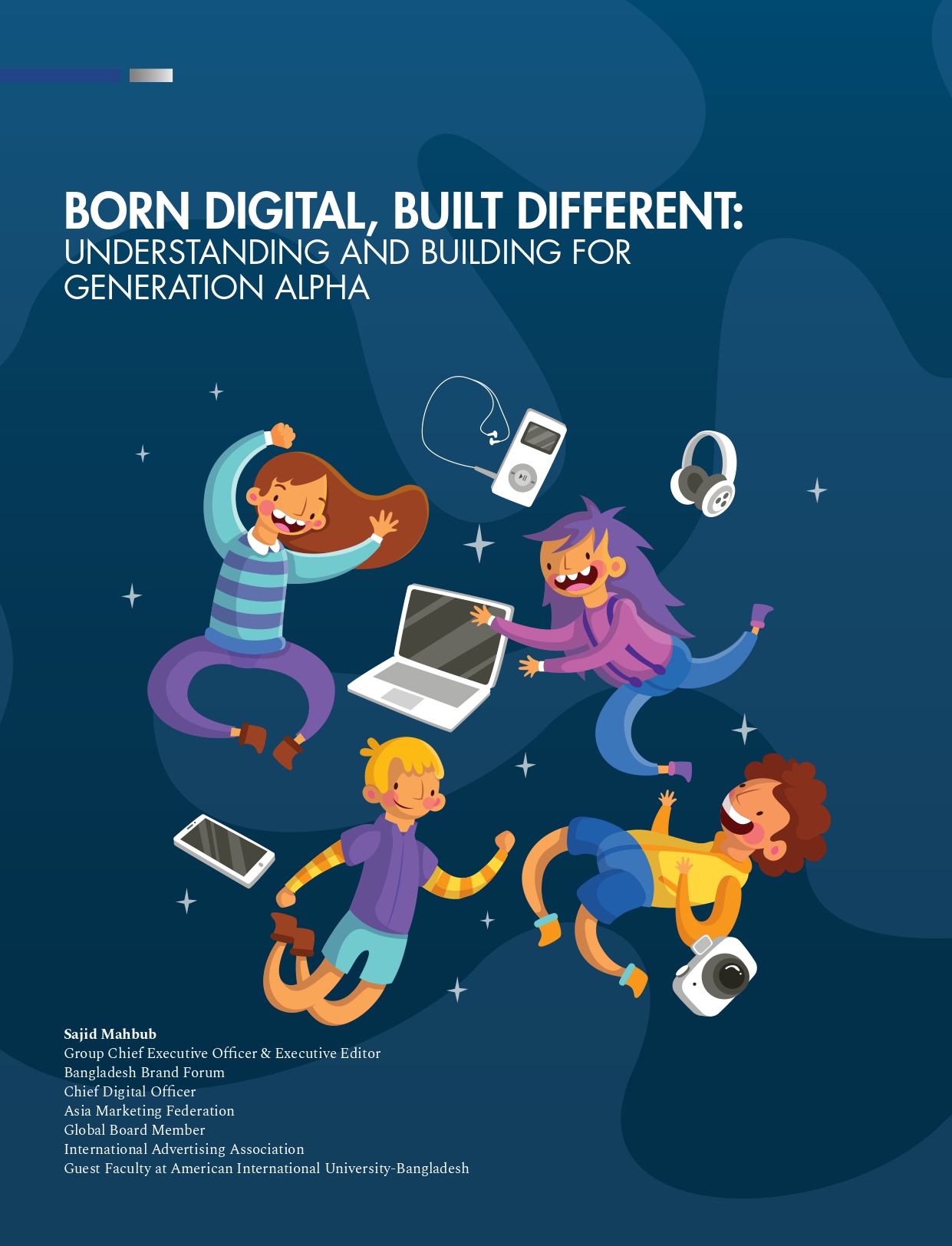Customer relationship management has been a topic of vast discussion in the new millennium. It has been earmarked as a key factor leading to an organization’s success due to its ability to attract and retain profitable customers by developing long-term relationship and fostering customer loyalty (Padmavathy, Balaji & Sivakumar, 2012; Heinonen, 2014). The rationale behind maintaining good long-term relationship with customers are twofold: the high costs of attracting new customers than satisfying the existing ones as well as the increase in profit rates which accompany the lifetime relationship retained with customers.
Bhat and Darzi (2016) postulated that customer orientation, customer knowledge, customer empowerment and complaint resolution dimensions of customer relationship management positively affects the behavioral and attitudinal dimensions of customer loyalty. Their study affirmed that customer knowledge dimension has had the greatest influence on loyalty of facility management customer’s. These finding parallels literature which posits that instituting customer relationship management is essential to carve loyalty among customers and establish a competitive advantage for a business (Siddiqi, 2011). Additionally, Kocoglu and Kirmaci (2012) confirmed the presence of a strong relationship between dimensions of customer relationship management namely staff’s knowledge and experience, customer satisfaction, customer’s demographics and customer loyalty, hence, reiterating the significance of a one-to-one relationship with customers. As the mainstay of customer relationship management is to gain new customers and ensure existing customers remain indefinitely, the presence of such relationship is undeniably important. Consequently, Toyese (2014) postulated that efficient service is a catalyst to customer relationship management and is strongly related to customer loyalty.
To date the facility management industry is undergoing rapid growth and is advancing towards globalization. Valued at approximately 3.24 billion U.S.D. the Malaysian public facility market has outweighed the private facility management worth 2.06 billion U.S.D. in the year 2017 (Hirschmann, R., 2021). Despite of continual growth the facility management (FM) landscape in Malaysia remains intensely competitive. The industry is being championed by several established service providers both local and foreign with each competing to sustain their market share even though price sensitivity is very high. Many service providers depend on recurring revenue streams and strive to secure their long-term market position. As such, loyalty of customers has evolved to be of prime importance to these service providers. Moreover, their involvement in the business-to-business (B2B) commercial transaction with other companies, has made loyalty through customer relationship management a central focus to their sustainability in the facility management industry. Reason being the contract value per customer is huge and losing a single customer can cause significant financial losses.



